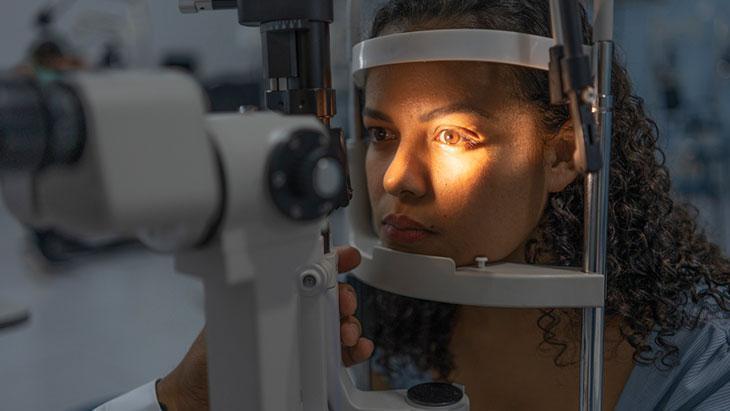It progresses insidiously! Glaucoma can lead to permanent vision loss.

16.07.2025 - 17:22 | Last Updated:
Glaucoma is the increase in intraocular pressure caused by the inability to adequately drain the fluid produced within the eye. This pressure can damage the optic nerve over time. Open-angle glaucoma, in particular, may not present any symptoms until the disease progresses. This often leads to delayed diagnosis. Early detection of glaucoma through regular eye exams is effective in preventing the disease from progressing.

Glaucoma is diagnosed through a comprehensive eye examination. The methods used in this process are aimed at both measuring intraocular pressure and assessing damage to the optic nerve and visual field. Tonometry measures intraocular pressure, while a visual field test determines whether there is any visual impairment. Ophthalmoscopy examines the optic nerve. Pachymetry measures corneal thickness, making pressure assessment more accurate. OCT (Optical Coherence Tomography) scans the optic nerve using a computer program and compares it with normal individuals, allowing for the early detection of optic nerve damage. The combined evaluation of all these tests confirms the diagnosis of glaucoma.

Eye drops are used as the first-line treatment for glaucoma. These drops either reduce intraocular fluid production or facilitate its removal. Regular medication use and regular follow-up with a doctor are crucial for successful treatment. If eye pressure persists despite medication, surgical intervention may be necessary. It's important to remember that the goal of glaucoma treatment, whether medical or surgical, is to maintain the eye's current condition. Routine eye exams should be considered, as vision loss caused by the disease is irreversible.

Glaucoma is a treatable condition, but if left untreated, it can cause irreversible damage. Even if there are no symptoms, it's recommended that everyone, especially those over 40, have an annual eye exam.
milliyet





